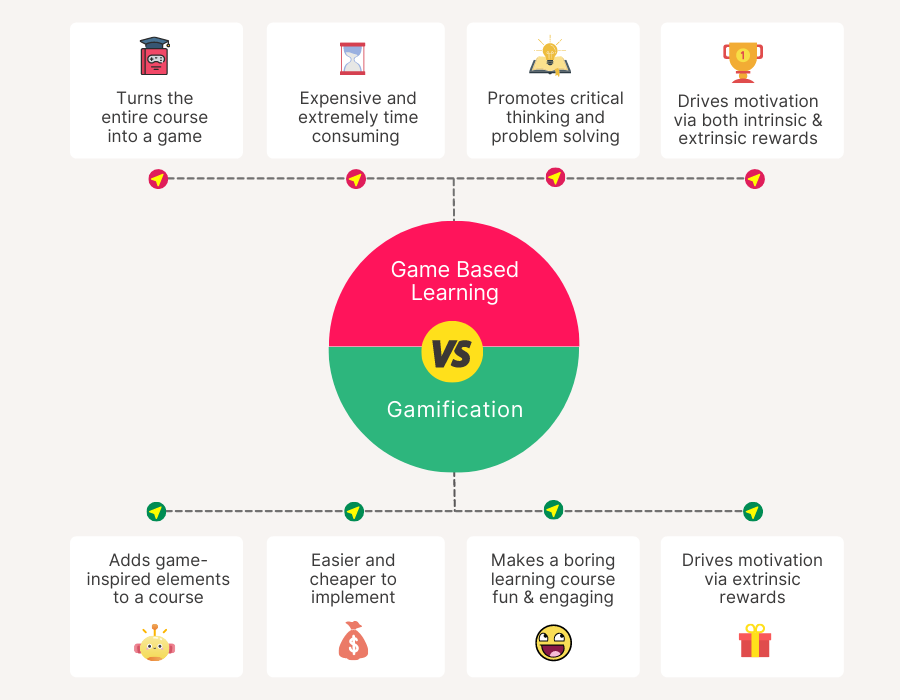Using Gamification to Enhance Employee Engagement: Two Case Studies from the Corporate Sector
Meta Description: Explore how gamification can boost employee engagement in the workplace through two real-life case studies from Microsoft and Deloitte. Discover the benefits, best practices, and strategies for successful implementation.
In an era where employee engagement is paramount for organizational success, innovative strategies are crucial to motivate and retain talent. One approach that has gained traction is gamification—the application of game-like elements in non-game contexts. By utilizing techniques such as points, badges, and leaderboards, gamification not only makes work more enjoyable but also enhances productivity and teamwork. This article will delve into two compelling case studies—Microsoft and Deloitte—that exemplify how gamification can transform employee engagement in the corporate sector.
About the Author: Luca Fischer – A seasoned HR strategy consultant with over 5 years of experience in employee engagement and organizational behavior, I have assisted numerous companies in deploying successful training and engagement strategies utilizing gamification.
What is Gamification?
Gamification refers to the integration of game mechanics into non-game environments to motivate participation, enhance user experience, and drive engagement. In the workplace, this could mean implementing points systems, challenges, and leaderboards to encourage employees to engage in activities that contribute positively to their performance and the organization's goals.
According to Gartner, it is projected that by 2025, nearly 70% of organizations will incorporate gamification into their learning and development strategies—a clear indication of its rising importance in the corporate realm.
The Benefits of Gamification
Research indicates that gamification can significantly influence employee engagement. For example:
- A 2018 Gallup report suggested that companies boasting highly engaged employees outperform their competitors by up to 202%.
- Additionally, interest in gamification has been reaffirmed by a recent TalentLMS survey, which revealed that organizations employing gamified strategies report a 53% increase in employee engagement and noteworthy improvements in productivity and retention rates.
These statistics underline why businesses should consider adopting gamification as a vital tool in their employee engagement initiatives.
Case Studies of Successful Gamification Implementation
Case Study 1: Microsoft
One of the foremost examples of successful gamification is Microsoft's implementation of the Microsoft Gamified Learning platform. This initiative was aimed at enhancing employee training programs. The program allowed employees to earn points and awards for completing courses, incentivizing participation and fostering friendly competition.

The results were remarkable—employee completion rates for training courses increased by 40%. In employee satisfaction surveys following this initiative, participants noted a significant boost in motivation and engagement, emphasizing how gamification made the training process more enjoyable.
Case Study 2: Deloitte
Deloitte took a different approach by integrating gamification into their Leadership Academy. This platform allowed employees to partake in leadership training at their own pace while engaging in competitions with peers. The system proved beneficial, with data showing a 50% increase in course completion rates and a 60% improvement in information retention.

Deloitte employed methods to measure engagement such as tracking participation rates and soliciting employee feedback. This continuous assessment proved instrumental in refining the gamification strategy, ensuring it aligned with the overall organizational culture and goals.
Data and Insights on Gamification Effectiveness
The empirical evidence and statistical support for gamification are compelling:
- A study conducted by the University of Victoria reported that implementing gamified elements can boost individual productivity by as much as 20%.
- Findings from the Human Resources Institute indicate that organizations incorporating gamified elements observe a 150% improvement in employee engagement levels.
Together, these insights provide a strong rationale for organizations to explore gamification as a method for enhancing their employee engagement frameworks.
Best Practices for Implementing Gamification
To harness the power of gamification effectively, organizations should consider these best practices:
Align with Organizational Goals: Ensure that gamification strategies correlate with business objectives. Each game element should serve a purpose that reinforces company values.
Make It Inclusive: Design gamification experiences that cater to varying skill levels and employee backgrounds, promoting a sense of belonging for all team members.
Utilize Real-time Tracking: Implement systems for real-time performance tracking and feedback, keeping employees engaged and motivated through continuous interaction.
Common Challenges and Solutions
Implementing gamification does come with challenges. Employees may view gamification as trivial or unimportant. To mitigate this:
- Emphasize the educational aspects of gamification and communicate how these strategies effectively promote skill acquisition and knowledge retention. Providing supportive resources will help in conveying its purpose and benefits clearly.
Expert Opinions on Gamification
As Jane McGonigal, renowned game designer and author, aptly states, “Gamification can revolutionize employee engagement by transforming dull activities into exciting challenges.” This aligns perfectly with the sentiment that gamification can invigorate workplace dynamics, enhancing employee experiences.
Measuring Success with Gamification
When implementing gamification, organizations should place a strong emphasis on measuring success. Consider these key performance indicators (KPIs):
- Engagement scores pre- and post-gamification implementation.
- Changes in turnover rates and productivity metrics over time.
- Employee feedback, focusing on perceptions of motivation and satisfaction related to gamified initiatives.
Closing Thoughts
Gamification presents a profound opportunity for organizations seeking to deepen employee engagement while enhancing workplace productivity. By analyzing Microsoft and Deloitte's implementations, we see how these strategies can lead to tangible benefits for organizations and their employees.
Consider how you can implement gamification in your organization to foster a more engaging, productive, and motivated workforce—one where every team member can thrive.
For further insights on employee engagement strategies or to explore related content, consider subscribing to our newsletter or engaging with us in the comments section below!

